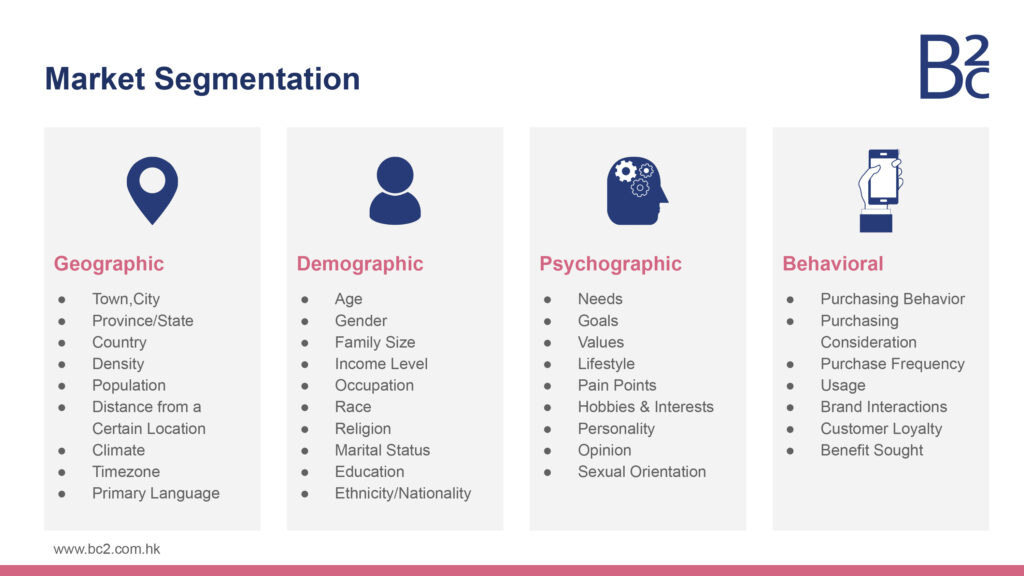


How to Connect with Your Brand and Target Audience?
January 27, 2024


How to Strengthen CRM with AI
February 24, 2024Here are several methods for presenting the brand story to customers:
In today’s highly competitive market environment, establishing a strong connection between brands and customers becomes crucial. This connection not only contributes to increased brand loyalty but also fosters long-term business success. While the importance of connection has been mentioned before, this article will delve into some effective methods to establish meaningful and solid connections between brands and customers.

Determining the Core Values of the Brand
Firstly, the core values of the brand are the fundamental reasons for the brand’s existence and the core beliefs that the company upholds. The core values of a brand should be unique, resonate with consumers, and differentiate itself from competitors. For example, Apple Inc. emphasizes innovation, design, and user experience as its core values, making its products stand out in the market. Understanding and clearly expressing the brand’s core values help establish a solid foundation for brand building.
Secondly, the brand’s positioning refers to the brand’s position in the target market. This includes not only the attributes of the product or service but also the brand’s value proposition and differentiation from competitors. Understanding the brand’s positioning helps businesses clarify their position in the market and find their competitive advantage. For instance, a high-end handmade leather goods brand may choose to position itself as luxurious and exquisite, distinguishing itself from the mass market. Clear positioning helps establish a unique image in the minds of consumers, enhancing the brand’s attractiveness.
Understanding the Target Market
The first step in building a connection is a deep understanding of the target market. Knowing customers’ needs, values, and preferences will help the brand better adjust its image and communication strategies. This can be achieved through means such as market surveys, consumer feedback, and data analysis.


Building Brand Stories
A captivating brand story contributes to shaping the brand image and evoking emotional resonance with customers. A brand story should include the brand’s origin, core values, and successful narratives. Through multimedia formats such as videos, blogs, and social media, present the brand story vividly to customers to capture their interest and resonate with them.
Here are several methods for presenting the brand story to customers:
Emphasizing the Brand’s Uniqueness | Highlight your brand’s uniqueness in the market to differentiate it from competitors. This may include unique product features, innovative technologies, a distinctive brand culture, or other distinguishing factors. |
Narrating Authentic Stories | Ensure your brand story is genuine and sincere. Avoid excessive exaggeration or fictional scenarios and focus on the authentic origins of your brand, its development process, and successful milestones. |
Prioritizing Emotional Resonance | Evoke the emotions of customers through your brand story, allowing them to establish a deep emotional connection with the brand. This could be achieved by sharing touching stories, showcasing outstanding social responsibility initiatives, or making customers feel understood and valued. |
Utilizing Multimedia Formats | Utilize multimedia formats such as videos, images, and text to vividly present your brand story. Visual and auditory elements can more deeply engage customers, making it easier for them to understand and remember your brand story. |
Highlighting the Brand’s Evolution | Describe the brand’s development process and evolution, emphasizing its growth and adaptability. This helps build the brand’s credibility and sustainability. |
Engaging in Conversations with the Target Audience | Consider the needs and values of the target audience to make your brand story more resonant. Understand the expectations of your target audience and ensure that your brand story can address these expectations. |
Continuously Updating and Sharing Stories | Continuously update your brand story to reflect the latest developments. Share your brand story through various channels such as websites, social media, and events to expand its impact. |
Aiming for Consistency in Brand Image | Ensure that your brand story is consistent with your brand image. Make sure the information and values conveyed in your brand story align with your brand’s visual elements and communication style. |
Providing High-Quality Products and Services
The connection between a brand and its customers relies not only on communication but also on the foundation of high-quality products and services. Offering top-notch products and services is a crucial factor in retaining existing customers and attracting new ones. Brands should consistently enhance the quality of their products and services to ensure customer satisfaction, thereby deepening the connection between the brand and its customers.
Establishing an Active Presence on Social Media and Brand Platforms
In today’s society, social media is one of the key platforms for brand-customer interaction. Brands should actively engage on social media by responding to customer comments and queries, sharing valuable content, and creating opportunities for two-way communication with customers. This proactive social media presence contributes to increased brand visibility and enhances opportunities for interaction with customers. Additionally, considering that consumers habitually search for information on Google, managing the brand’s website is equally crucial.
Here are some recommendations for managing social media:
Clear Social Media Strategy | Before entering social media platforms, define the brand’s social media strategy. Determine the target audience, communication objectives, platforms to be used, and frequency, among other factors. Strategically planning and executing can make the social media presence more targeted and effective. |
Choose Suitable Platforms | Select the most suitable social media platforms based on brand characteristics and target audience. For example, a visually oriented brand may perform better on Instagram and Pinterest, while a professional service company may find more value on LinkedIn. |
Regularly Update Content | Provide valuable content and update regularly. This includes new product information, industry trends, professional insights, engaging content, and content related to the brand story. Regular updates ensure that customers stay interested in the brand. |
Interaction and Response | Actively engage in social media conversations, responding to fan comments, questions, and feedback. This interactivity increases the brand’s affinity, making customers feel heard and valued. |
Share User-Generated Content | Encourage fans and customers to share content related to the brand. This can be photos using the brand’s products, writing articles about the brand, or other forms of user-generated content. This not only increases brand visibility but also establishes a sense of community. |
Events and Contests | Organize engaging events and contests to increase social media participation. For example, host giveaways, photo contests, or fun challenges. Such activities can attract more attention and engagement. |
Utilize Visual Elements | Use captivating visual elements such as images, videos, and graphics. Visual content is more likely to capture attention and be shared on social media. Ensure that the visual style aligns with the brand image. |
Scheduled Posting | Research the best posting times to ensure that your content appears during the most active periods for your target audience. This helps increase post exposure and interactions. |
Social Media Advertising | Consider using social media advertising to expand the brand’s visibility. This can include paid ads, promotional campaigns, or sponsored collaborations. Social media ads can ensure that the brand maintains high visibility among the target audience. |
Analysis and Adjustment | Regularly analyze social media data, evaluate which content is popular, which generates the most interaction, and which platforms are most effective. Adjust the strategy based on the analysis results to ensure the effectiveness of the social media presence. |
Hosting Events and Promotions
Organizing various events and promotions is another method to enhance interaction between a brand and its customers. These events can be both online and offline, such as product launches, promotional activities, or brand collaboration events. Through these activities, brands can directly engage with customers, provide tangible experiences, deepen mutual understanding, and establish a closer connection.
Building a strong and meaningful connection between a brand and its customers is the cornerstone of a successful business. By thoroughly understanding the target market, crafting compelling brand stories, offering high-quality products and services, actively participating in social media, and hosting events and promotions, brands can effectively interact with customers and establish long-term trust and loyalty. This relationship not only contributes to the brand’s development but also makes customers feel valued and understood, collectively promoting sustainable business success.
In summary, a successful brand needs to employ various strategies to connect with customers, as there is no one-size-fits-all approach. The specific strategies for each brand may vary based on the products, pricing, and target customers. Brands often need to invest considerable effort in finding a positioning and strategy that suits them.
Are you looking for a trusted brand strategic partner?
The BC2 team has years of experience in marketing across different industries and company scales. We can help you find your business’s positioning and provide guidance in establishing a brand strategy. Contact us now at sales@bc2.com.hk for personalized advice!



